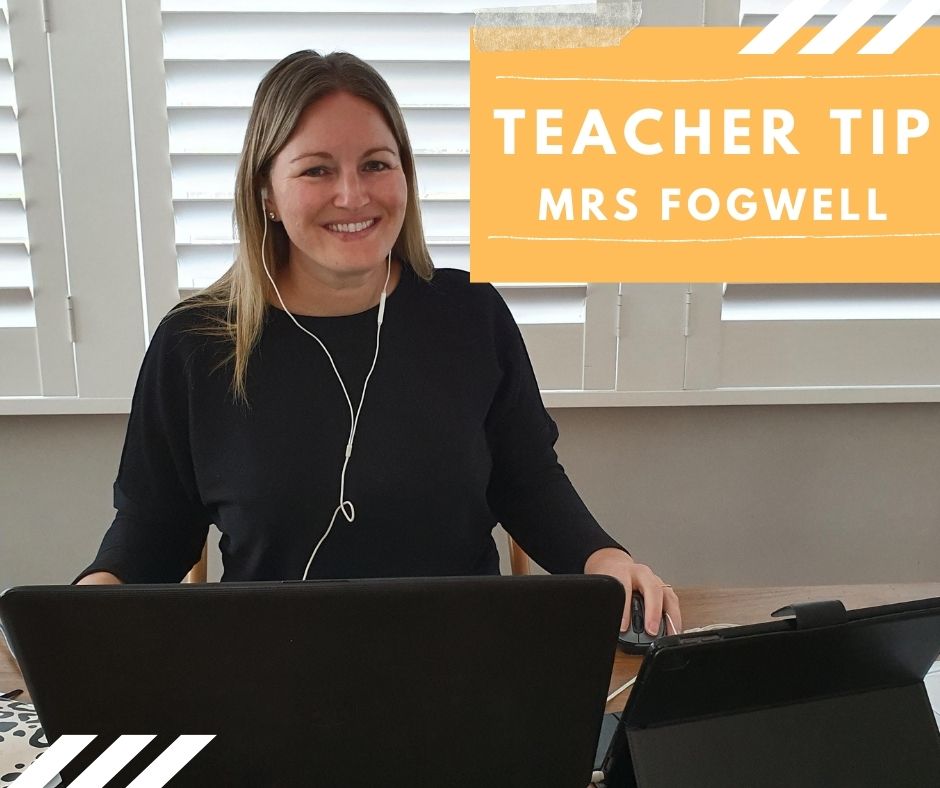“When should I correct my child when they’re reading or writing? Should I stop them in their tracks, or wait until they’ve finished?”

Year 2 teacher and the school’s Religious Education Co-Ordinator, Kath Fogwell, responds:
“For writing – It might help to understand how a student usually works on a writing task in the classroom. While children will work in small instructional writing groups with the teacher that rotate throughout the week, most of the time children will typically work on a writing task independently. We encourage children to have ownership and responsibility over their own learning. They often have a set of simple criteria they are working towards that they can check off as they go. Although we want children to be editing as they write, we also want children to not be too caught up with editing and so they lose the flow of their writing. It is a balance. Before children hand in their writing, or present their work, we ask them to ‘self-check’ or ‘self-edit’ it. That allows them the chance to pick up errors themselves and become more independent and confident in their own ability.
- Sound Strategy– Does it sound right?
- Visual Strategy– Does it look right?
- Meaning Strategy– Can you use the meaning, structure or origin of the word to help you?
- Connecting Strategy– Can you use what you know about another word to help you spell this word?
- Checking Strategy– Can you check that word is correct?
If students don’t catch the errors, the teacher will often write a ‘p’ for punctuation, ‘s’ for spelling or ‘g’ for grammar in the margin of the line where the error occurs or if the student still cannot find it, above the error. Otherwise, some teachers may circle it or employ another editing strategy. It is then up to the student to find the error and correct it.
If it is a spelling mistake, students have many tools in the classroom to help them with the checking strategy such as word towers, word walls and dictionaries. At home, you could have a dictionary close by, or your child could use one online.
When reading – If your child makes an error, it can help to wait until they have finished reading the sentence. Then say, “I heard you read this… Is that what it says?’ Usually, they will correct the mistake. A concept your Joey will understand (because we talk about it during class) is that it is important to be a careful reader, otherwise we lose meaning. Slow the pace and let them work through figuring out a word because that is when the learning happens.
If your child is stuck on a word when reading, there are many strategies you could use other than that old one it’s easy to fall back on – ‘sound it out’! While visual information is very important when reading, it is not the only strategy you can use.
Questions you could ask include:
- What would make sense in the sentence?
- What would make sense in the story?
- Skip the word and read on. Often your child can then come back to it and work it out.
- Do you know another word like this word?
- Can you see a smaller word inside the word?
- What if you cover part of the word with your finger?
- Can you break the word into parts?
Most importantly, do not let your child struggle for too long. If your child is getting stuck on too many words and seems to be losing the meaning of the story, then the level of the book is too difficult. If you are not sure, speak with your child’s teacher about the level of books your child should be reading.
Another key point for parents of children learning to read, is to talk about the book before you start reading. Look at the title, the front page, the blurb on the back and discuss. Maybe you can relate the text to your child’s life. If the book is about the beach, you could talk about when you went to the beach and what you did there. Perhaps you can link this book to another book you have read. How is it similar? Or maybe you can relate it to our world. If the book is about endangered animals, your child might have some prior knowledge about this that you can discuss. By the time your child starts to read the book, you have activated so much prior knowledge, they are feeling confident and ready to go.
If your child is reading at an independent level, it is very tempting to think ‘job done!’ However, we do read for meaning so it is so important to check in with your child. Do they understand the book they are reading? Ask them to tell you what has happened and discuss it. Talk about why they like the book. What has the author done to help you enjoy the book? Discuss parts they don’t like and why. It could be that there is a character your child does not like in the story. Discuss why the author would have added in that character. Talk about any patterns in the story and if they have any questions. Ask your child to find out the answers to their questions.
Most importantly, reading is for enjoyment. If it is not enjoyable, why is that? Is your child tired? Would it help if you read a page each or else if you read to your child instead? Or is it the book they are reading? Are they not interested in it? Feel free to ask Kath McCamey, our wonderful librarian, for any recommendations for books your child might enjoy. Did you know that our local libraries have a free service where you can borrow books online?
Have fun reading and writing!”